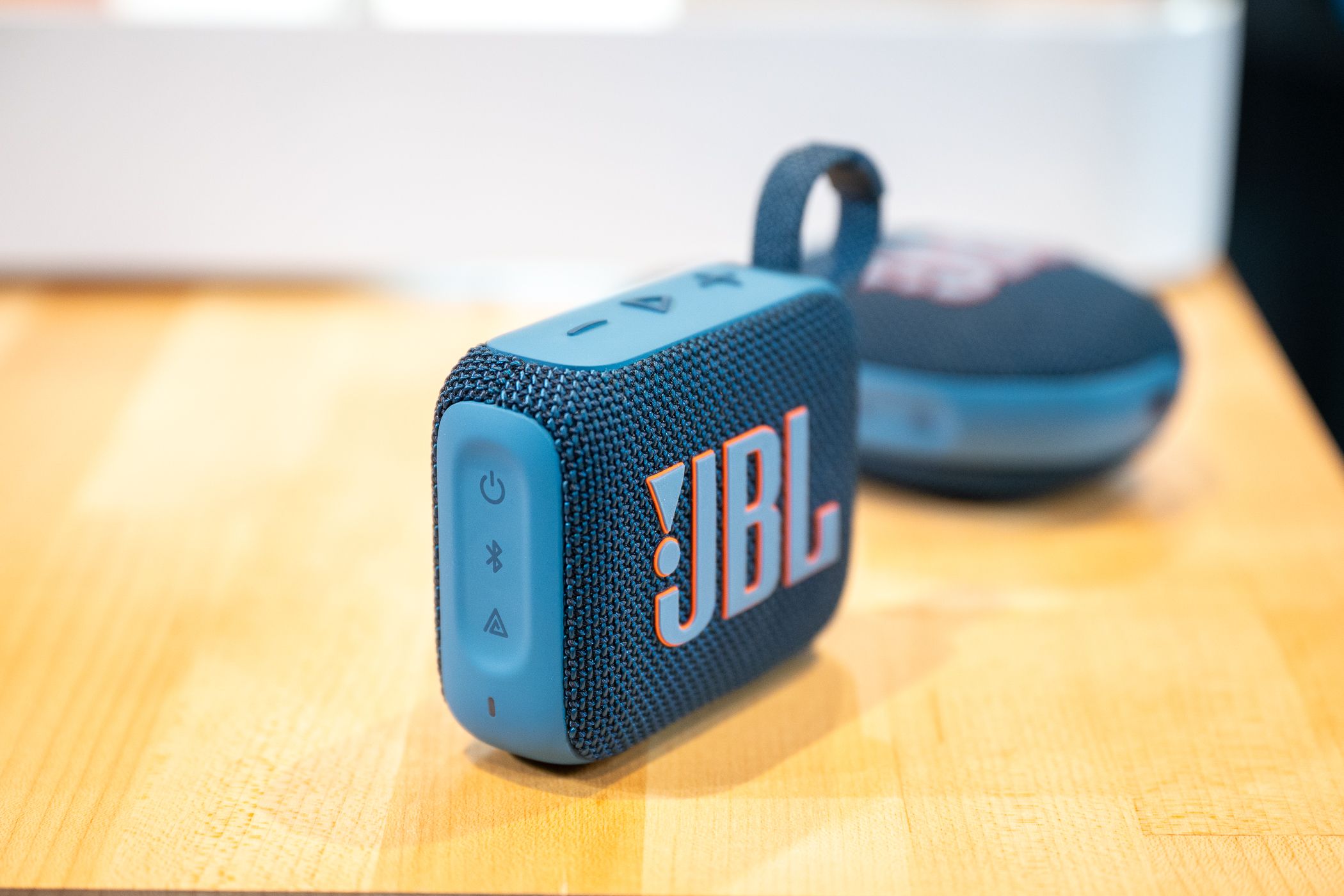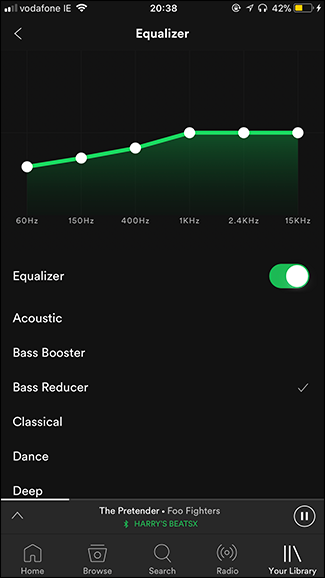We’ve all had that frustrating moment when your favorite song just doesn’t sound right coming out of a cheap speaker or your car’s stereo. But you don’t have to settle for subpar sound, as even the tinniest of speakers can be tamed with Spotify’s little-known equalizer.
What Does an Equalizer Do?
You may have noticed that depending on the speaker you use and the room you are in the same music can sound very different. This is because the dimensions of the spaces that sound waves travel through have an impact on the wave, and the materials it hits can boost or dampen certain frequencies.
Equalizers are basically filters that isolate specific sound ranges, allowing you to adjust the loudness of certain frequencies. This means you can cut and boost different frequencies to fit your tastes or compensate for your environment. For example, if you have an old speaker that makes your ears bleed every time you turn it on, you can use an equalizer to turn down that screeching treble and create a less noisy musical experience.
Where Do I Find Spotify’s Equalizer?
Spotify has its own equalizer buried in its settings menu. To find it, tap on your profile picture and navigate through Settings and Privacy > Playback > Equalizer. From here, you can turn on the equalizer and start experimenting with it. Spotify has six sliders at the top of the screen, each of which corresponds to a different set of frequencies that you can adjust. You can even decide to use this functionality for podcasts, which might come in handy if you’re finding it difficult to hear certain voices due to their pitch.
How Do I Get Started?
It can be hard to know what you’re listening for, but this is all really based on personal preference, so it’s all about following your ears. Spotify has a bunch of presets that you can browse through, named for the type of music they generally work best for, the kind of speaker you are using, or the function you want, like bass or treble boosting. As you select them, you can see the volume of each frequency changing and familiarize yourself with what the changing sound profile actually translates to in your ears. It might be worth playing some really familiar songs and seeing how the different presets affect them, and what type of sound works for you.
How Do I Become a Master Mixer?
Once you have played around with Spotify’s presets, it might be time to venture out into the unknown. The equalizer has six bands you can drag around to see what effects they have on your music. Generally speaking, a song’s baseline will sit at around 60Hz, instruments and vocals will be in the mid ranges, and the highest frequencies are reserved for brighter sounds like strings, cymbals, and some guitars. Of course, these will vary between songs and genres, so it’s worth messing around with it and seeing how each frequency band translates to your music.
A couple of guiding principles can be really helpful when starting out on your music-mixing journey. If you’re listening to a song and there is a part of it that sounds too loud or out of place; it can be hard to pinpoint exactly which frequency is causing that undesirable effect. It can be helpful to boost each of the frequencies one by one to locate the problem frequency, and then you can cut it.
Over time, you can train your ears to find what works best for you. Remember that different environments and speakers will produce different results, so you can adjust your sound profile for each one to get the best overall listening experience.



